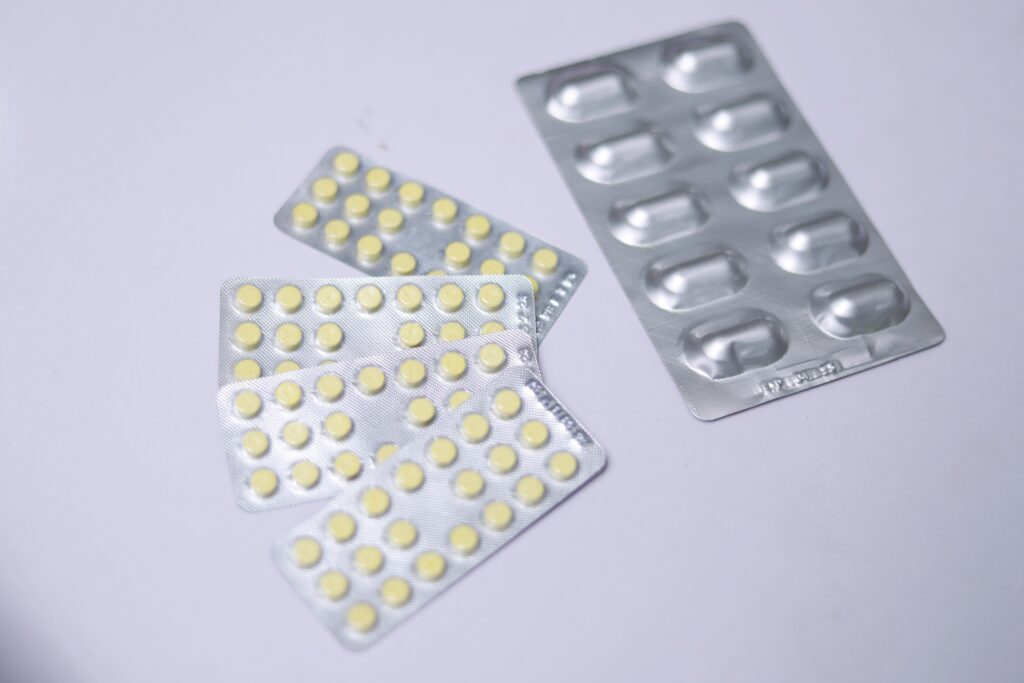Learn how this mid-cycle change affects your healing timeline, absorption rates, and recovery progress with real data and expert insights.
So you started your BPC-157 cycle with injections, but now you’re wondering if you can switch to sublingual capsules halfway through.
Maybe you’re tired of needles, or perhaps the oral form just seems more convenient. When comparing bpc 157 injection vs oral, the delivery method matters more than you think—especially when you’re already mid-treatment.
Here’s what actually happens to your healing timeline when you make this switch.
How Does BPC-157 Actually Work in Your Body?
BPC-157 is a synthetic peptide that helps your body repair damaged tissues. When you inject it under your skin, the peptide goes directly into your bloodstream. This means your body gets access to it quickly and efficiently.
Sublingual capsules work differently. You place them under your tongue, and the peptide absorbs through the mucous membranes in your mouth. Some of it also gets absorbed through your digestive system after you swallow.
The key difference? Bioavailability—which is just a fancy word for how much of the peptide your body can actually use.
Injection vs Sublingual: The Numbers You Need to Know
| Delivery Method | Bioavailability | Time to Peak Effect | Duration in System |
| Subcutaneous Injection | 90-100% | 30-60 minutes | 4-6 hours |
| Sublingual Capsules | 30-50% | 1-2 hours | 3-5 hours |
These numbers matter because they directly affect your healing timeline. When you inject BPC-157, your body gets almost all of it. With sublingual capsules, you’re looking at roughly half or less reaching your bloodstream.
What Changes When You Switch Mid-Cycle?
If you’re three weeks into a six-week injection protocol and decide to switch to capsules, you’ll notice a few things.
Your healing progress might slow down temporarily because your body is now receiving less active peptide.
Think of it like this: if you were taking 250 mcg via injection twice daily, your body was getting close to 500 mcg of usable peptide.
Switch to 500 mcg sublingual capsules, and you’re actually only getting 150-250 mcg that your body can use.
The adjustment period typically lasts 3-7 days. During this time, you might feel like your recovery has plateaued. Some people report that injuries that were feeling better start to ache again slightly.
Can You Maintain Your Progress After Switching?
Yes, but you need to adjust your dosage. Most people who switch mid-cycle need to increase their sublingual dose by 2-3 times to match what they were getting from injections.
Here’s what works for many people: if you were doing 250 mcg injections twice daily, you’d want to move to 500-750 mcg sublingual capsules twice daily. This compensates for the lower absorption rate.
Your healing timeline won’t restart from zero, but it might extend by 1-2 weeks depending on how quickly you adjust your dosing.
The cellular repair processes that already started will continue, just at a potentially slower pace until you find the right sublingual dose.
Does Location of Injury Matter?
Actually, yes. Injections give you the option to inject near the injury site, which some research suggests provides better localized healing. When you switch to sublingual, you lose this targeted approach.
For systemic issues like gut healing or general inflammation, the switch might not impact you as much.

But for specific injuries—torn ligaments, muscle strains, or tendon damage—you might notice the difference more clearly.
Studies on BPC-157 show that localized administration can speed up healing in specific tissues by 20-30% compared to systemic administration.
This doesn’t mean sublingual won’t work for localized injuries, but you should adjust your expectations.
How Long Before You See Results Again?
Most people who switch notice their healing progress picks back up within one to two weeks after adjusting their sublingual dosage. Your body adapts to the new delivery method during this period.
One thing to watch: the consistency of sublingual absorption varies more than injections.
Food, drinks, and even your saliva production can affect how much peptide you absorb each time. This means your results might feel less predictable day-to-day.
Should You Complete Your Cycle or Start Fresh?
If you’re more than halfway through your cycle when you switch, it makes sense to complete it with sublingual capsules at adjusted doses.
You’ve already invested time and money, and your body has initiated the healing processes.
Starting fresh with a new cycle isn’t necessary unless you’ve been off BPC-157 for more than a week.
The peptide doesn’t build up in your system, but the healing responses it triggers can continue for days after your last dose.
The Cost Factor Nobody Talks About
Sublingual capsules often cost more per dose than injection vials, but you save on needles and syringes.
When you factor in the need for higher doses to match injection effectiveness, the cost difference becomes significant—sometimes 40-60% more for equivalent results.
A typical injection cycle might cost you $80-120 for a month’s supply. The same therapeutic effect via sublingual could run $130-200 monthly. This matters if you’re planning multiple cycles or long-term use.
Final Thoughts on Making the Switch
Switching from subcutaneous injections to sublingual capsules mid-cycle won’t ruin your progress, but you need to be smart about it.
Increase your dose to compensate for lower absorption, give your body time to adjust, and extend your cycle by a week or two if needed.
The healing timeline shifts, but doesn’t stop. Just remember that comparing bpc 157 injection vs oral isn’t just about convenience—it’s about understanding how each method delivers results and adjusting accordingly to maintain your recovery momentum.
